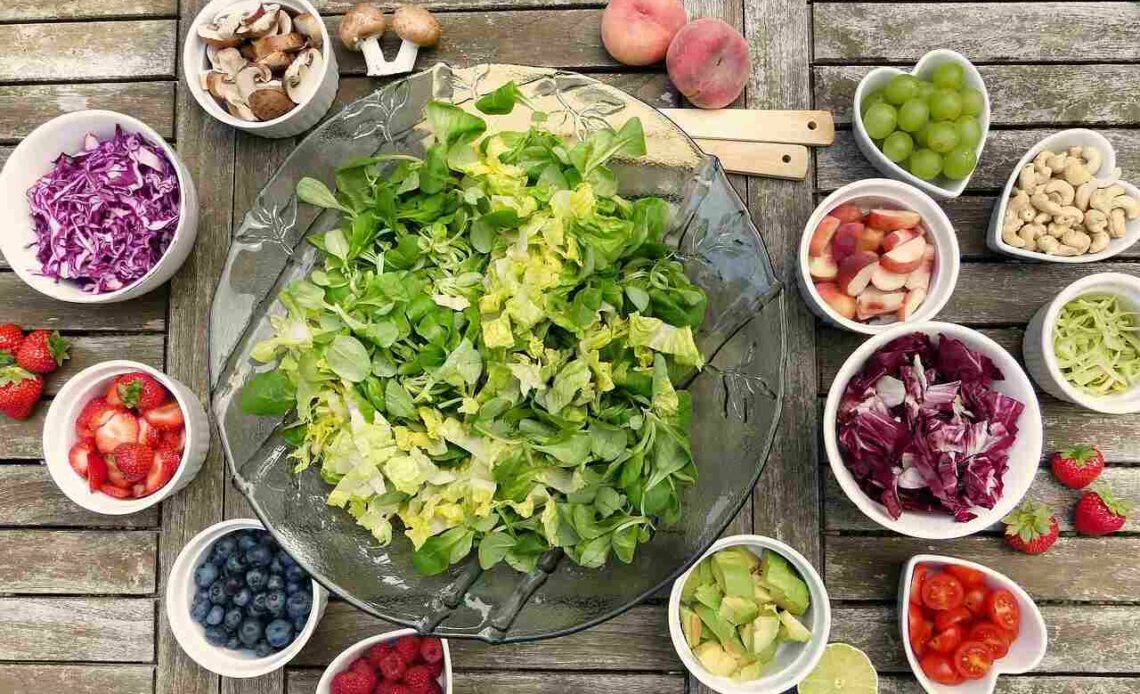
Dominican cuisine is a vibrant and diverse culinary tradition that has evolved over centuries, blending influences from Africa, Europe, and the indigenous Taino people. Known for its bold flavors, unique ingredients, and hearty dishes, Dominican food offers a delightful gastronomic experience that captivates both locals and tourists alike. In this article, we will take a deep dive into the captivating world of Dominican food, exploring its history, key ingredients, iconic dishes, and the cultural significance it holds.
Understanding the Roots of Dominican Cuisine
- Fusion of Influences: A Melting Pot of Flavors Dominican food is a product of the fusion of various cultural influences. The island’s history as a crossroads of the Americas has contributed to the diverse range of ingredients and cooking techniques. African, Spanish, and Taino influences have all played a significant role in shaping the culinary landscape of the Dominican Republic.
- Key Ingredients: The Heart of Dominican Cooking At the core of Dominican cuisine are a few essential ingredients that form the foundation of many dishes. Plantains, yucca, rice, beans, and various meats are staples in Dominican kitchens. These ingredients are utilized in various ways to create both everyday meals and special occasion feasts.
Iconic Dominican Dishes You Can’t Miss
- La Bandera: The Flag on Your Plate “La Bandera” is often considered the national dish of the Dominican Republic. Comprising white rice, stewed beans, and meat, usually chicken, beef, or pork, this hearty dish represents the colors of the national flag. It’s a flavorful and filling meal that embodies the essence of Dominican comfort food.
- Mofongo: A Tasty Mashup Mofongo is a beloved dish that showcases the influence of African and Taino cultures. It consists of fried and mashed green plantains mixed with garlic, pork cracklings, and seasonings. Mofongo is often served with a rich broth or topped with a savory meat stew, creating a harmonious blend of textures and flavors.
- Sancocho: The Ultimate Comfort Stew Sancocho is a hearty stew that holds a special place in Dominican culinary culture. This slow-cooked dish features a medley of meats such as chicken, pork, and beef, along with yucca, plantains, corn, and other vegetables. It’s a soul-warming comfort food often enjoyed during family gatherings and celebrations.
- Tostones: Twice-Fried Plantain Delight Tostones are a popular Dominican snack made from green plantains that are sliced, fried, flattened, and fried again. Crispy on the outside and tender on the inside, tostones are often served as a side dish or appetizer alongside savory dips or sauces.
The Cultural Significance of Dominican Food
- Culinary Traditions: A Reflection of Identity Dominican food serves as a cultural bridge that connects generations and honors the country’s rich heritage. The preparation and sharing of traditional dishes are integral to family gatherings, holidays, and community events. The act of cooking and enjoying these meals together helps preserve the cultural identity of the Dominican people.
- Street Food Culture: A Vibrant Culinary Scene Dominican streets come alive with the aroma and sizzle of street food vendors. From empanadas and chimichurris to skewered meats and fried treats, the street food culture in the Dominican Republic offers a sensory experience that tantalizes both locals and visitors.
- Rituals and Celebrations: Feasting with Purpose Dominican cuisine takes center stage during celebrations and religious festivals. Whether it’s Christmas, Easter, or a local patron saint’s feast day, food plays an integral role in these events. Traditional sweets like habichuelas con dulce (sweet creamed beans) and bizcocho dominicano (Dominican cake) are prepared with love and shared with friends and family.
Preserving Tradition in a Modern Culinary Landscape
- Embracing Innovation: Fusion Cuisine and Beyond While rooted in tradition, Dominican chefs are also embracing culinary innovation. Fusion restaurants that blend Dominican flavors with international cuisines are gaining popularity, attracting food enthusiasts eager to explore new taste experiences.
- Sharing the Flavors: Dominican Food on a Global Stage In recent years, Dominican cuisine has been gaining recognition on the global culinary stage. With the proliferation of social media and travel influences, more people are becoming curious about and seeking out authentic Dominican food experiences.
Conclusion
Dominican food is a reflection of the country’s history, culture, and the spirit of its people. From the humblest of street foods to elaborate celebratory feasts, Dominican cuisine captures the essence of community, tradition, and innovation. As you explore the enticing world of Dominican food, you’ll not only savor the delicious flavors but also gain insight into the heart and soul of this vibrant Caribbean nation. So, whether you’re indulging in a plate of La Bandera or savoring the delightful crunch of tostones, you’re not just enjoying a meal – you’re embarking on a flavorful journey through Dominican history and culture.

